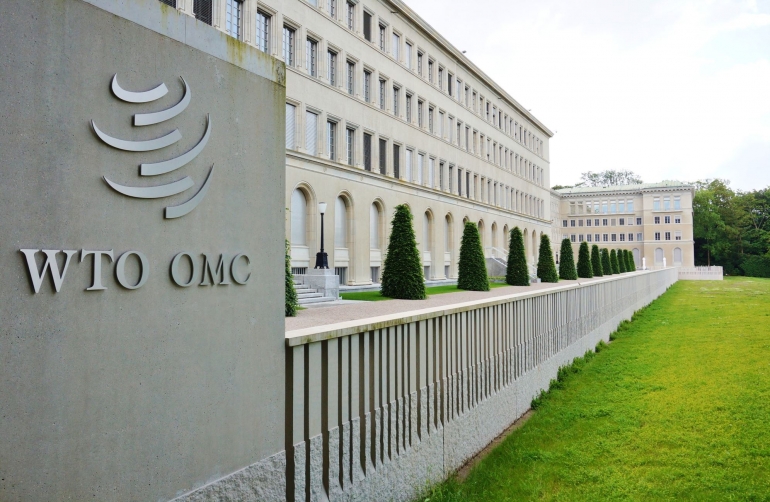Mon 01 August 2016
By Dr Weihuan Zhou
China’s 6th WTO Trade Policy Review (TPR) was conducted on 20 and 22 July 2016. As mandated by the WTO’s Trade Policy Review Mechanism (TPRM), Member countries are required to undertake reviews of their trade and related policies periodically. The TPRM is one of the basic functions of the WTO aiming at the surveillance and the enhancement of the transparency of WTO Members’ trade policies and practices.
As one of the world’s largest trading nations, China’s TPR is scheduled every two years. The current TPR reports highlighted China’s continuous and rigorous reforms in various lines of its economy during the review period (2014-2016), which contributes to China’s 13th Five-Year Plan (2016-2020). China remained active in the multilateral trading system (including trade negotiations and dispute settlement) and regional economic integration (being a signatory of 15 FTAs by the end of 2015), and continued to experiment with market-opening initiatives via the free trade zones and to streamline customs procedures and promote foreign investment. However, as the reforms are meant to be incremental in certain areas, some potential trade barriers were also identified, for example: (1) China’s import and export licensing mechanisms in general and export taxes on certain strategic products in particular; (2) the use of anti-dumping measures and other trade defence instruments against major trading partners; (3) the complex web of technical standards and requirements at national, industry/sectoral, local and company levels; (4) price controls on certain goods and services of economic and political significance; (5) subsidies for industrial development, etc. In addition, it remains to be seen whether China’s recent amendments of the laws on intellectual property rights (IPRs) are to facilitate effective IPRs protection. Last but not least, as China is seeking to optimize its economic structure for sustainable development, a new development model in furtherance of the development of a strong service and innovation-based economy is being promoted. Given the weaknesses of China’s services industry, its approaches to fostering the growth of the industry are likely to be balanced between industrial protection in the short term and market-opening in the long term.
Dr Zhou’s research may be found at SSRN, Twitter @WeihuanZhou, and LinkedIn.
